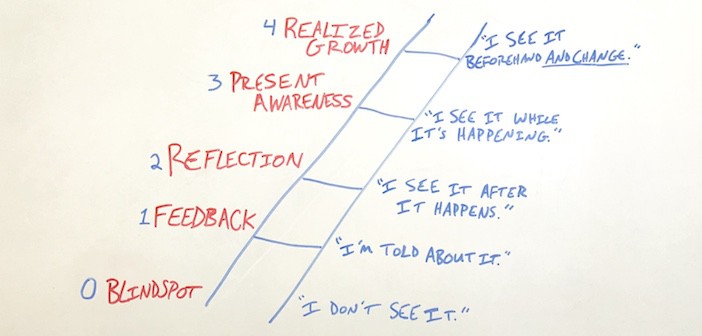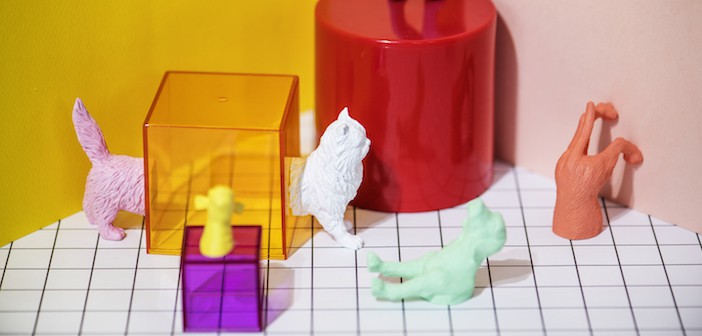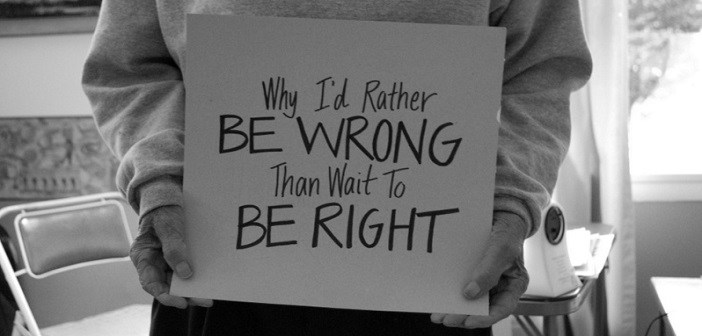If you want to understand the culture of your organization you don’t have to look far. Cultural cues are taken from the top. The behavior a leader models is assumed to be desired. And what team members assume as desirable they choose to adopt. As adopted behaviors are shared and repeated over time, they naturally solidify as cultural attributes of an organization. Thus, tension is created when a leader desires one set of organizational attributes yet exhibits a conflicting set of personal attributes.
.
The life you live is the culture you create…
.
- If you want a hard-working staff but work six hour days, don’t be surprised when your team members leave early.
- If you desire a collaborative culture yet constantly make decisions on your own, you cannot expect team members to seek one another’s input.
- If you want new methods yet continue your own work in the same ways as before, don’t look for innovation to come from below.
Culture, like most organizational intangibles (vision, values, etc.), is created almost entirely by the leader. So if you want to better understand your team, start with the mirror.
.
Consider the following exercise:
.
1. Make a list of the components of your team or organizational culture that you wish you could change.
.
2. Share that list with the three people in your personal life who best know you and are most honest with you. Do not tell them what the list describes or that you created it. Ask them: “Does my life reflect or relate to any of these attributes?”
.
3. Ask yourself and those same three people: “What is required for me to adjust these attributes in my personal life?” Invite God into the conversation.
.
4. Begin making those adjustments with someone to hold you accountable through the process.
.
As your personal change becomes permanent, you can expect cultural change that is equally timeless. My prayer is that you have the courage to be honest and the will to follow through.



